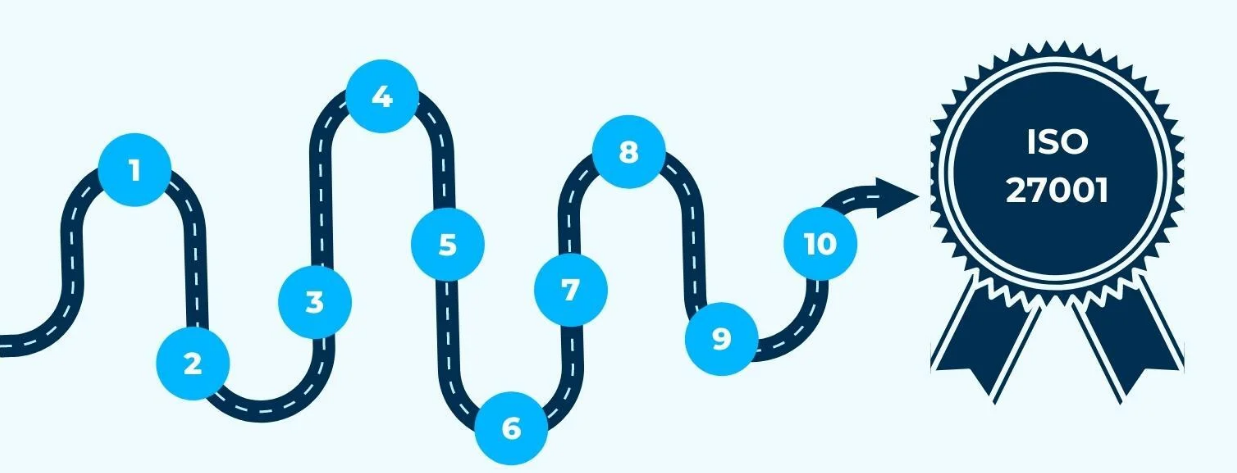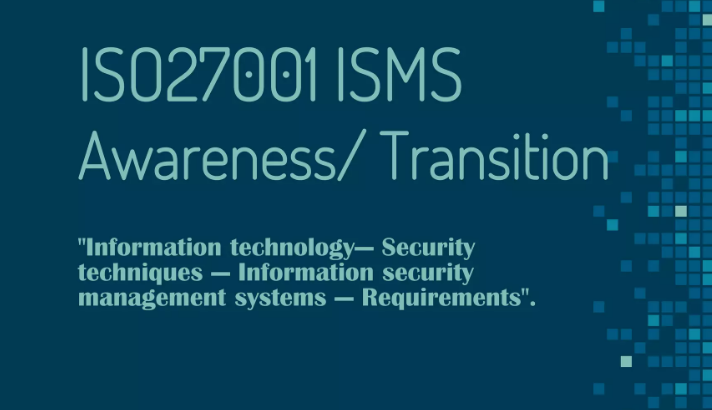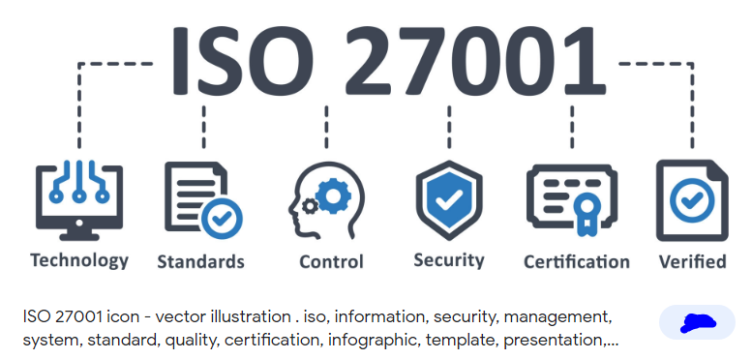Understanding ISO 27001 Controls Guide to Annex A
ISO 27001 is a widely recognized information security management system (ISMS) standard. It provides a framework for managing and protecting sensitive information using a risk-based approach. One of the key components of ISO 27001 is Annex A, which contains a list of controls that organizations can use to manage and protect their sensitive information. In this guide, we’ll take a closer look at Understanding ISO 27001 Controls [Guide to Annex A] and how organizations can use it to improve their information security posture.

ISO 27001 Certification Process
What is Annex A?
Annex A is a part of the ISO 27001 standard that contains a list of security controls that organizations can use to manage and protect their sensitive information. The controls are organized into 14 categories, which cover various aspects of information security, such as access control, cryptography, and incident management. The controls are designed to be customizable and scalable, so organizations can choose the ones that are most relevant to their specific needs.
Categories of Annex A Controls
To better understand Understanding ISO 27001 Controls Guide to Annex A, here are the 14 categories of controls included in Annex A of ISO 27001:
- Information security policies: This category includes controls related to the development, implementation, and maintenance of information security policies and procedures.
- Organization of information security: This category includes controls related to establishing an information security management system and allocating roles and responsibilities for information security.
- Human resource security: This category includes controls related to the screening, training, and management of personnel who have access to sensitive information.
- Asset management: This category includes controls related to the identification, classification, and handling of sensitive information assets.
- Access control: This category includes controls related to the management of user access to sensitive information, such as authentication, authorization, and password policies.
- Cryptography: This category includes controls related to the use of encryption and other cryptographic techniques to protect sensitive information.
- Physical and environmental security: This category includes controls related to the physical protection of sensitive information, such as access control to data centers and protection against environmental hazards.
- Operations security: This category includes controls related to the management of day-to-day operations, such as backups, change management, and incident management.
- Communications security: This category includes controls related to the secure exchange of information, such as email encryption and secure file transfer.
- System acquisition, development, and maintenance: This category includes controls related to the secure development and maintenance of information systems, such as secure coding practices and vulnerability management.
- Supplier relationships: This category includes controls related to managing third-party suppliers with access to sensitive information.
- Information security incident management: This category includes controls related to the detection, reporting, and management of information security incidents.
- Information security aspects of business continuity management: This category includes controls related to the management of information security during disruptions to business operations.
- Compliance: This category includes controls related to the identification, assessment, and management of compliance requirements related to information security.
How to Decide Which ISO 27001 Controls to Implement
Deciding which Annex A controls to implement is a crucial step that determines whether an organization becomes ISO 27001 certified. To assess their SoA for implementing controls, firms must consider various factors, such as their industry, operations model, IT environment, organizational size, technology stack, and information-security risks.
For example, if a healthcare facility is seeking compliance certification for the Health Insurance Portability and Accountability Act (HIPAA) through the Health Information Trust Alliance (HITRUST), the organization will need a comprehensive system for each control area defined in the Compliance category.
The Supplier Relationships category will be relevant only to organizations that work with suppliers. Likewise, the Physical and Environmental Security category will be irrelevant to a business that works remotely and relies solely on cloud-based applications; however, that organization will need to implement comprehensive controls in the Access Control and Communications Security categories.
Using Annex A Controls
Organizations can use the controls included in Annex A to improve their information security posture. The first step is to identify the controls that are most relevant to their specific needs. This can be done by conducting a risk assessment to identify potential threats to their information security.
Once the relevant controls have been identified, organizations can implement them in their information security management system. The controls can be customized and scaled to meet the specific needs of the organization. It’s important to regularly review and update the controls to ensure they remain effective in mitigating risks to information security.
Annex A of ISO 27001 provides a set of information security controls that organizations can use to implement their ISMS. By implementing these controls, organizations can ensure the confidentiality, integrity, and availability of their sensitive information. The controls are divided into mandatory and advisory categories and cover a wide range of information security topics, including policies, organizational structure, asset management, access control, cryptography, physical security, operations security, and incident management.

External Links:


